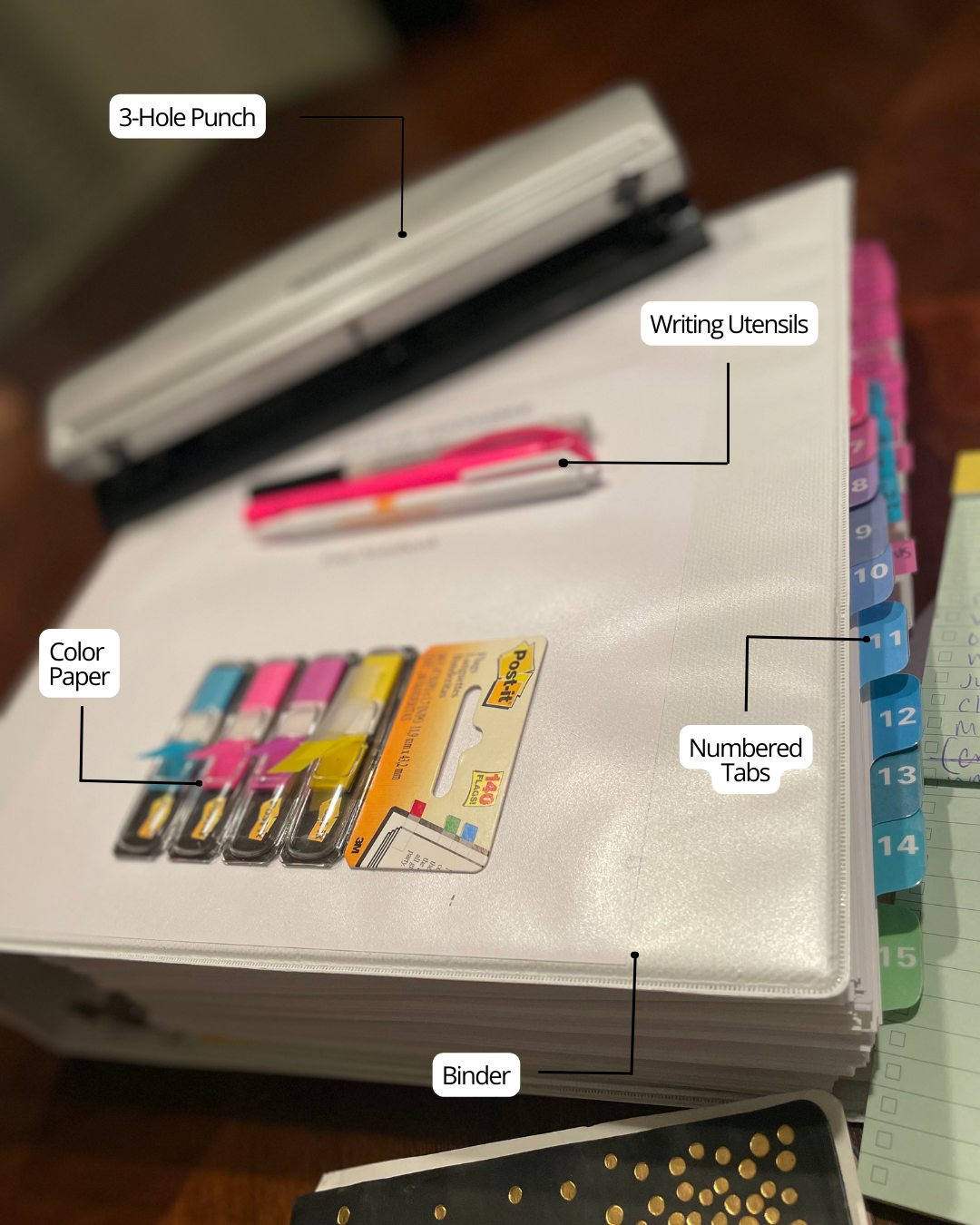From Chaos to Clarity: A Paralegal's Guide to Harnessing the Power of Trial Notebooks in Litigation
The Role of Trial Notebooks in Legal Practice
If you've ever prepped for a trial, you know how time-consuming it can be. That's why having the proper materials at your disposal is crucial for your entire legal team. Today, we're lifting the veil on a vital tool for any attorney entering the courtroom: the trial notebook. Come along as we delve into what makes a trial notebook indispensable and discover the essential materials you'll need to craft your own.
What is a Trial Notebook?
Picture this: you're standing before a judge and jury, advocating for your client's rights. In such high-stakes moments, organization is key. Enter the trial notebook, a meticulously crafted repository of information, strategies, and documents designed to guide you through each phase of trial preparation and presentation.
The Importance of Preparation
Crafting a trial notebook isn't just about assembling materials—it's about strategic preparation. Each element serves a purpose, from organizing evidence to outlining arguments, ultimately empowering you to present your case with clarity and confidence.
The Anatomy of a Trial Notebook
1. The Binder: Start with a trusty 3-ring binder, preferably in white for that professional touch.
2. Number Tabs: With at least 15 tabs, you'll segment your notebook into easily navigable sections, ensuring you can locate crucial information at a moment's notice.
3. Color Paper: Add a splash of organization by using color paper to separate documents within each tab, enhancing visual clarity and efficiency.
4. Writing Utensils: Equip yourself with a blue pen, your trusty pink highlighter (because who doesn't love a pop of color?), and a black skinny Sharpie for clear, bold markings.
5. Technology Essentials: A printer and computer are indispensable for generating and organizing digital documents, ensuring your trial notebook seamlessly integrates with modern legal workflows.
6. Post-It Flags: These handy tools are perfect for marking important pages or passages, keeping essential information readily accessible during hectic courtroom proceedings.
7. Notepad: Before diving into the digital realm, sketch out an outline of your notebook on a classic notepad, mapping out sections for pleadings, opening statements, voir dire, closing arguments, jury instructions, and beyond.
8. Hole Punch: Don't forget the humble hole punch, ensuring all documents are neatly secured within your binder.
Conclusion
Assembling a trial notebook is more than just a procedural step—it's a testament to the thoroughness and dedication of a legal professional. By investing time and effort into creating this indispensable tool, you're not just preparing for trial; you're setting the stage for success.
Stay tuned for more insights and tips from our legal experts as we continue to explore the dynamic world of law.






